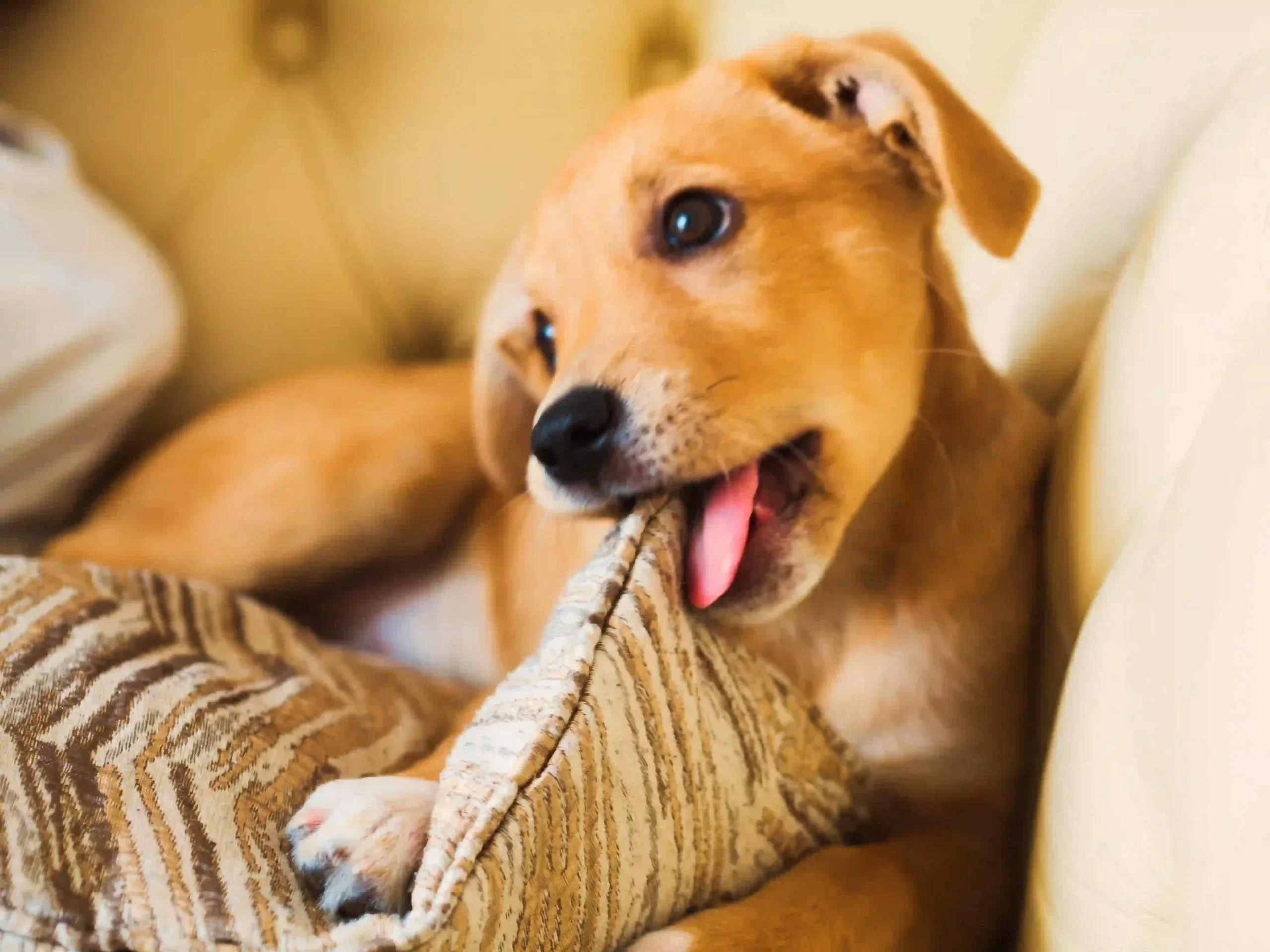How to Stop Your Pet from Chewing Furniture: Effective Solutions
- 1. Why Do Pets Chew Furniture?
- 2. Understanding Pet Behavior and Chewing
- 3. How to Prevent Your Pet from Chewing Furniture
- 4. Using Positive Reinforcement to Stop Chewing
- 5. Additional Tips to Curb Furniture Chewing
1. Why Do Pets Chew Furniture?
Pets, particularly dogs and cats, chew on furniture for a variety of reasons. It can be due to anxiety, boredom, teething, or simply because they are exploring their environment. Understanding the underlying cause of the behavior is crucial for stopping it effectively. Sometimes, chewing is a sign that your pet is not getting enough physical or mental stimulation, or it could be a response to separation anxiety.
In puppies, teething is a common cause of chewing, as they are looking for relief from sore gums. However, adult pets may chew due to stress, lack of proper training, or even a desire to catch your attention. Identifying the reason behind the behavior can help in choosing the right approach to stop it.
2. Understanding Pet Behavior and Chewing
Pet behavior is shaped by a variety of factors including their environment, health, and breed. For example, some breeds have a stronger instinct to chew, such as terriers or beagles. It's essential to recognize that chewing is a natural behavior for pets, but when directed at inappropriate objects like furniture, it can become a problem.
Pets often chew as a way to relieve stress, especially when they are left alone. They may also chew on furniture as a way to keep themselves entertained when they are bored. Chewing can also help them explore their world, especially for puppies who are still learning about their surroundings.
3. How to Prevent Your Pet from Chewing Furniture
There are several strategies you can use to stop your pet from chewing furniture. Here are some effective solutions:
- Provide appropriate chew toys: Offer your pet a variety of chew toys to redirect their chewing behavior. Make sure the toys are durable and safe for your pet.
- Keep furniture out of reach: If possible, prevent your pet from accessing furniture by using pet gates or creating designated pet spaces in your home.
- Use deterrent sprays: You can buy or make a natural spray that makes furniture less appealing to chew. These sprays are non-toxic and safe for pets but have a bitter taste that repels them.
- Train your pet: Consistent training with positive reinforcement is key. Reward your pet for chewing on the right objects and gently redirect them when they start chewing furniture.
4. Using Positive Reinforcement to Stop Chewing
Positive reinforcement is one of the most effective ways to stop your pet from chewing furniture. Whenever your pet chews on their designated toys or behaves appropriately, reward them with praise, treats, or extra playtime. This reinforces the behavior you want to see and encourages your pet to make better choices.
When your pet starts chewing furniture, gently redirect them to a toy and reward them when they begin chewing it. Consistency and patience are key to this process. The more you reinforce the correct behavior, the faster your pet will learn what is acceptable to chew on and what is not.
5. Additional Tips to Curb Furniture Chewing
In addition to the above strategies, here are some additional tips to help curb your pet's destructive chewing habits:
- Exercise and mental stimulation: Ensure your pet gets plenty of physical activity and mental stimulation. A tired pet is less likely to engage in destructive behaviors like chewing.
- Avoid punishment: Never punish your pet for chewing furniture. Negative reinforcement can confuse them and damage your bond. Instead, focus on redirecting their energy toward acceptable activities.
- Consult a vet or professional trainer: If your pet’s chewing behavior persists or is causing significant damage, it may be helpful to consult with a vet or a professional trainer. They can provide additional insights or identify any underlying health issues that may be contributing to the problem.
Remember, patience and consistency are key when addressing your pet’s chewing behavior. By understanding why your pet chews on furniture and implementing these strategies, you can help prevent future damage and ensure a happier, healthier pet.
If you're concerned about your pet's behavior or need advice on training techniques, feel free to reach out to Hidden Brook Veterinary for expert guidance and assistance.










